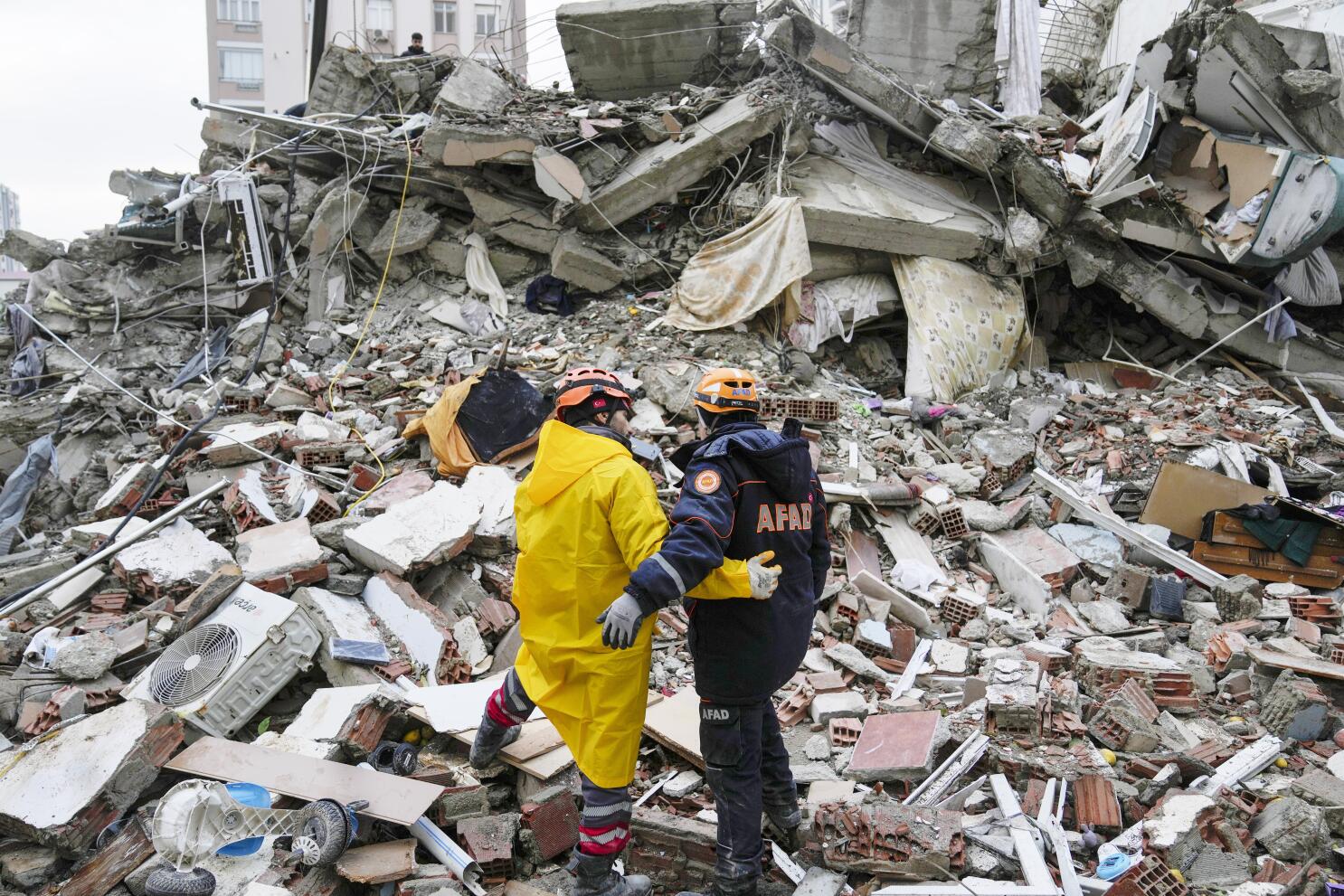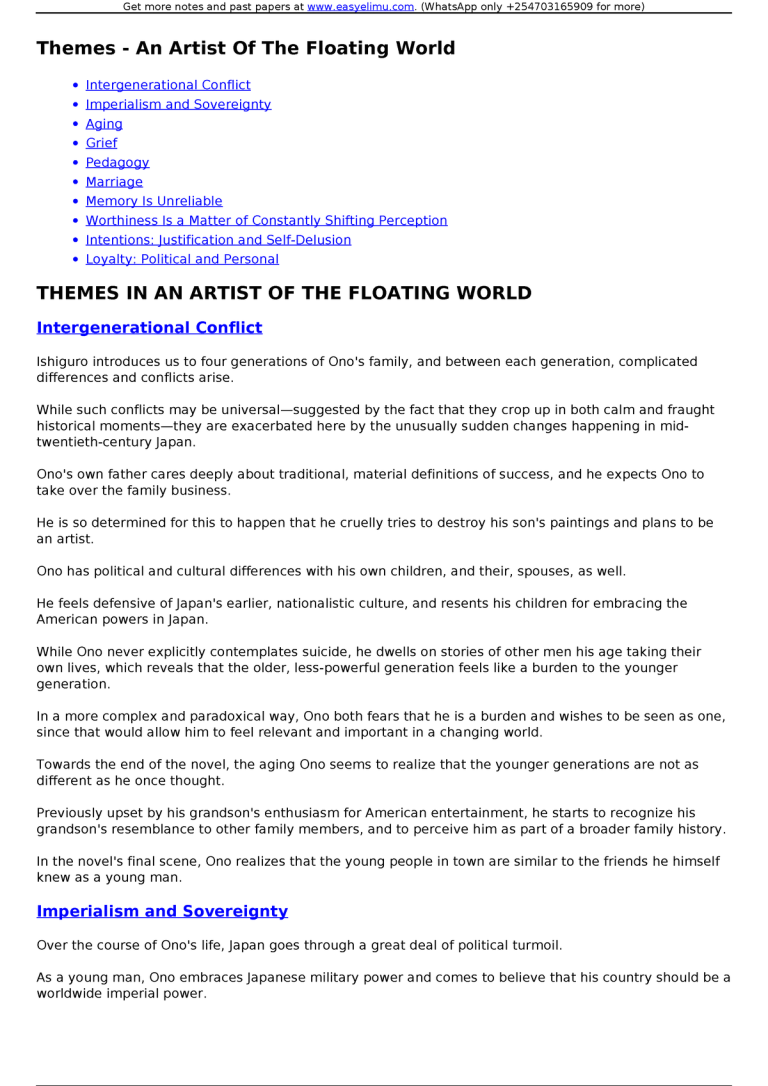An Earthquake In Real World
An earthquake is a natural phenomenon that occurs when the Earth’s tectonic plates move and cause the ground to shake, vibrate, and sometimes cause massive destruction. Earthquakes can occur anywhere along major fault lines, including those located along the edges of tectonic plates, and can occur in any location around the world. Earthquakes can range from mild shakes that are barely felt to powerful ones that can cause severe damage to buildings and infrastructure. Earthquakes can also cause tsunamis, which are giant waves caused by the displacement of large amounts of water. Earthquakes can occur anywhere and anytime, with no warning, making them one of the most unpredictable and destructive natural disasters.
Causes of Earthquakes
Earthquakes are one of nature’s most destructive phenomena, but what causes them? To understand earthquakes, we must first look at tectonic plates, which are large pieces of Earth’s crust that move around the globe. Earthquakes occur when these plates suddenly shift and collide, releasing a tremendous amount of energy in the form of seismic waves. The epicenter of an earthquake is the point on the Earth’s surface directly above where the plates first moved. The magnitude of an earthquake is measured on the Richter scale based on the intensity of the seismic waves released.
The magnitude of plate movement and the amount of energy released during an earthquake are determined by the amount of friction between the plates. When friction between the plates builds up, it can cause the plates to lock together, and when the force of the movement is greater than the strength of the friction, the plates suddenly slip, releasing a large amount of energy. This energy is transferred to the Earth’s surface through seismic waves, which can cause significant damage to structures and cause landslides.
Earthquakes can also be caused by human activities such as mining, dam construction, and oil and gas extraction. These activities can weaken the Earth’s crust and trigger earthquakes. Additionally, some areas of the world are particularly prone to earthquakes due to the amount of seismic activity in the area.
By understanding the causes of earthquakes, we can be better prepared to protect ourselves and our property from the destructive power of these natural phenomena.
Effects of Earthquakes
Earthquakes have an impact on the environment, both natural and man-made. Earthquakes can cause landslides, avalanches, tsunamis, and floods as well as damage to buildings, bridges, roads, and other infrastructure. They can also lead to fires, power outages, and disruption to telecommunications and other services. Earthquakes may even cause changes in the local climate, affecting ecosystems and habitats.
The effects of an earthquake can be both immediate and long-term. In the short-term, earthquakes can cause fatalities, injuries, and displacement of people and animals, as well as destruction of buildings, infrastructure, and other property. Over time, the effects can be more wide-reaching. For example, an earthquake can cause disruption to water and food supplies, leading to hunger and disease. It can also disrupt transportation and communication links, leading to economic losses and social disruption.
Therefore, it is important to be aware of the potential effects of earthquakes and take steps to mitigate the risks. This includes making sure that buildings are designed and constructed to withstand seismic activity, and that people have emergency plans in place to evacuate and respond to seismic events. It is also important to spread awareness about the risks and how to prepare for them. By being prepared, we can help to minimize the impact of earthquakes and ensure that communities are resilient in the face of seismic events.
Preparing for an Earthquake
Earthquakes can be both a frightening and devastating experience for those affected, so it is important to prepare in advance in order to be ready for the unexpected. Being informed and well-prepared can help reduce the risks of harm or damage to yourself and your property. The first step is to make sure you have insurance that covers earthquakes and other natural disasters. It is also important to know the types of hazards that can be caused by an earthquake. These include landslides, liquefaction, and surface rupture. Knowing the potential risks and understanding the signs of an impending earthquake will help you make decisions about where to seek protection.
Knowing where to go and what to do when an earthquake strikes is essential. Identifying safe zones in your home, such as under sturdy furniture or against an interior wall, can help protect you from falling debris. If you are outdoors, the best thing to do is to move away from buildings, power lines, and other potentially hazardous objects. It is also important to be prepared with a basic emergency kit, including food, water, medications, flashlights, and a portable radio.
Being prepared for an earthquake is the best way to protect yourself and your family. Knowing the risks, having an emergency plan, and having the necessary supplies are all important steps in ensuring that you are ready for an earthquake.

Risk Mitigation Strategies
for Earthquakes
Earthquakes are a natural phenomenon that can cause significant destruction and loss of life. The risk of an earthquake is unpredictable and can be difficult to mitigate. Therefore, it is important to have a comprehensive set of risk mitigation strategies in place to minimize the impacts of an earthquake.
Risk mitigation strategies for earthquakes include: implementing building codes and regulations, installing seismic sensors, constructing seismically resistant buildings, and utilizing early warning systems. Building codes and regulations are important for ensuring buildings are constructed in a way that can withstand strong seismic activity. Seismic sensors can detect seismic activity and provide an early warning of an impending earthquake. The construction of seismically resistant buildings can minimize the potential damage of an earthquake. Lastly, early warning systems can warn of an impending earthquake, providing people with time to take protective measures.
By implementing these risk mitigation strategies, the impacts of an earthquake can be significantly reduced. It is important to be prepared for an earthquake and having a comprehensive risk mitigation strategy in place can save lives and reduce damage.
Historical Earthquakes
Earthquakes are a natural phenomenon that have been around since the dawn of time. Earthquakes occur when the Earth’s crust moves and shifts due to seismic activity. Earthquakes can range in magnitude, from low-level tremors to catastrophic disasters. The most destructive earthquakes in human history have left their mark on the world, leaving behind a legacy of destruction and loss.
In this blog post, we’ll take a look at some of the most famous and devastating earthquakes that have occurred in the past. From the great Lisbon earthquake of 1755 to the Indian Ocean earthquake of 2004, we’ll review the intensity of the quakes and the impact they had on the surrounding areas. We’ll also discuss the measures that can be taken to prepare for and mitigate the effects of earthquakes in the future.
Earthquakes are a reminder of how powerful nature can be and how devastating the results can be. Learning about the history of earthquakes can help us to better understand the risks associated with seismic activity and how to better prepare for and respond to future events.
Earthquake Recovery
Earthquakes are a devastating phenomenon that can leave communities devastated in their wake. After the dust settles, the arduous task of recovery begins. Earthquake recovery is a massive undertaking that requires a great deal of coordination and effort. Governments, agencies, and individuals must all come together to help those affected get back on their feet.
The main focus of earthquake recovery is restoring basic services such as electricity, water, and sanitation. This requires a great deal of work and resources, including the repair and replacement of infrastructure. In addition, there may be an increased need for temporary housing, medical assistance, and other humanitarian aid.
Once the basic needs of affected individuals have been met, the focus shifts to rebuilding homes, businesses, and other structures. This can be a costly and time-consuming endeavor, especially if seismic codes were not followed when constructing.
Earthquake recovery can also involve psychological support. Many individuals experience trauma and grief after such a catastrophic event, and emotional support is essential in helping them cope. In addition, there is often a need for assistance in navigating the legal and financial aspects of the recovery process.
In short, earthquake recovery is an immense undertaking that requires a great deal of effort from both the public and private sectors. It is essential that those affected receive the support they need to rebuild and recover.
FAQs About the An Earthquake In Real World
Q1. What is an earthquake?
A1. An earthquake is a sudden and sometimes violent shaking of the ground caused by the shifting of rocks deep beneath the Earth’s surface.
Q2. What are the effects of an earthquake?
A2. Earthquakes can cause destruction to buildings and infrastructure, as well as cause landslides, avalanches, tsunamis, and other forms of destruction.
Q3. How can I prepare for an earthquake?
A3. To prepare for an earthquake, it is important to know what to do during an earthquake, such as making sure to stay away from windows and furniture, and to make sure to have a plan for evacuation if necessary. It is also important to have a plan for after the earthquake, such as having emergency supplies, food, and water prepared.
Conclusion
In conclusion, earthquakes in the real world can be extremely destructive and devastating. They can cause massive amounts of destruction and loss of life in an instant. Earthquakes can also cause tsunamis, landslides, and other natural disasters. The best way to be prepared for an earthquake is to be aware of the risks and to have an emergency plan in place. Taking the necessary steps to protect yourself and your family can help minimize the impact of an earthquake and ensure your safety.



